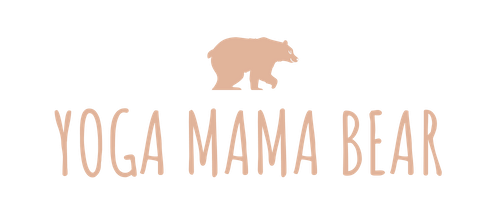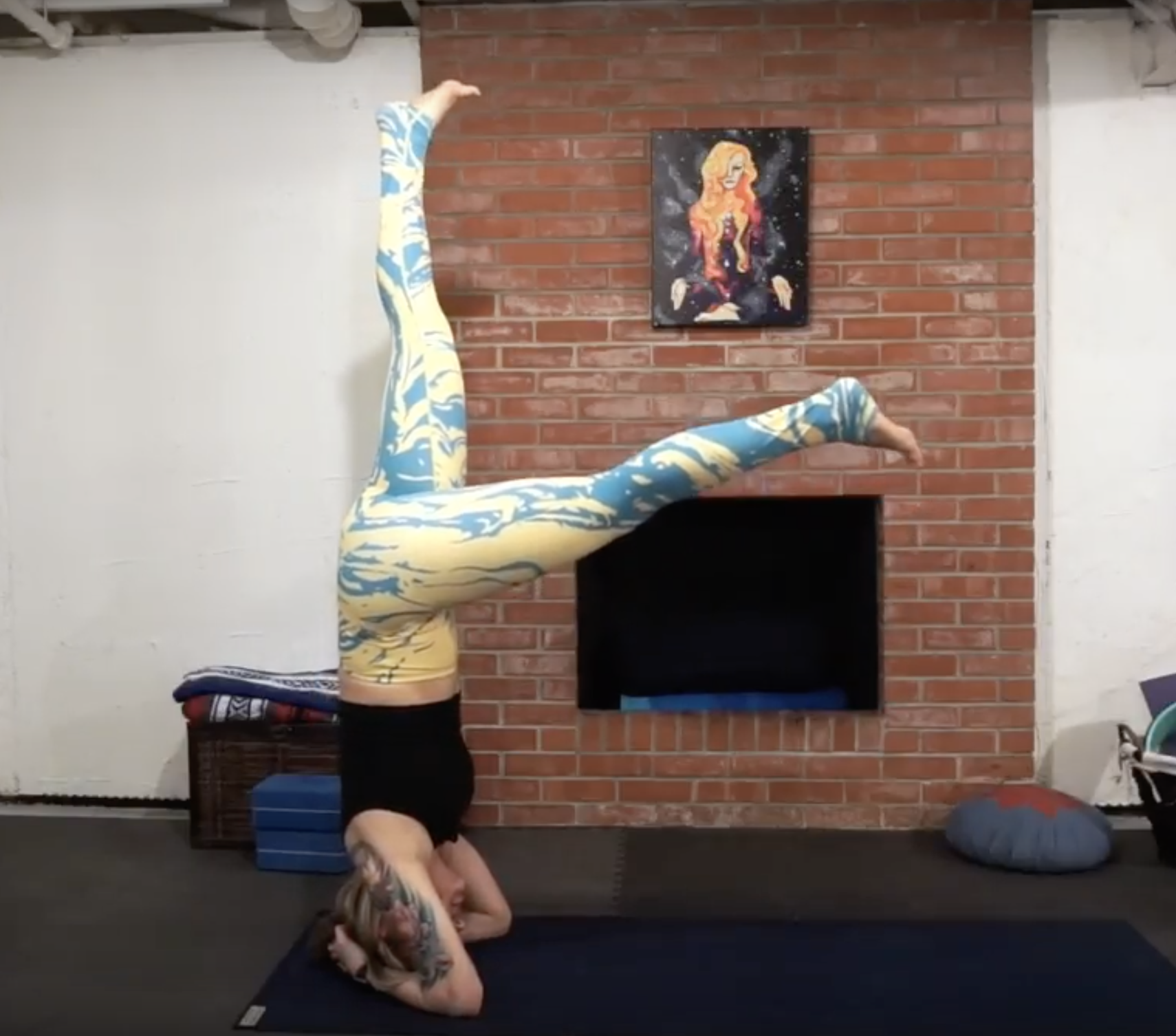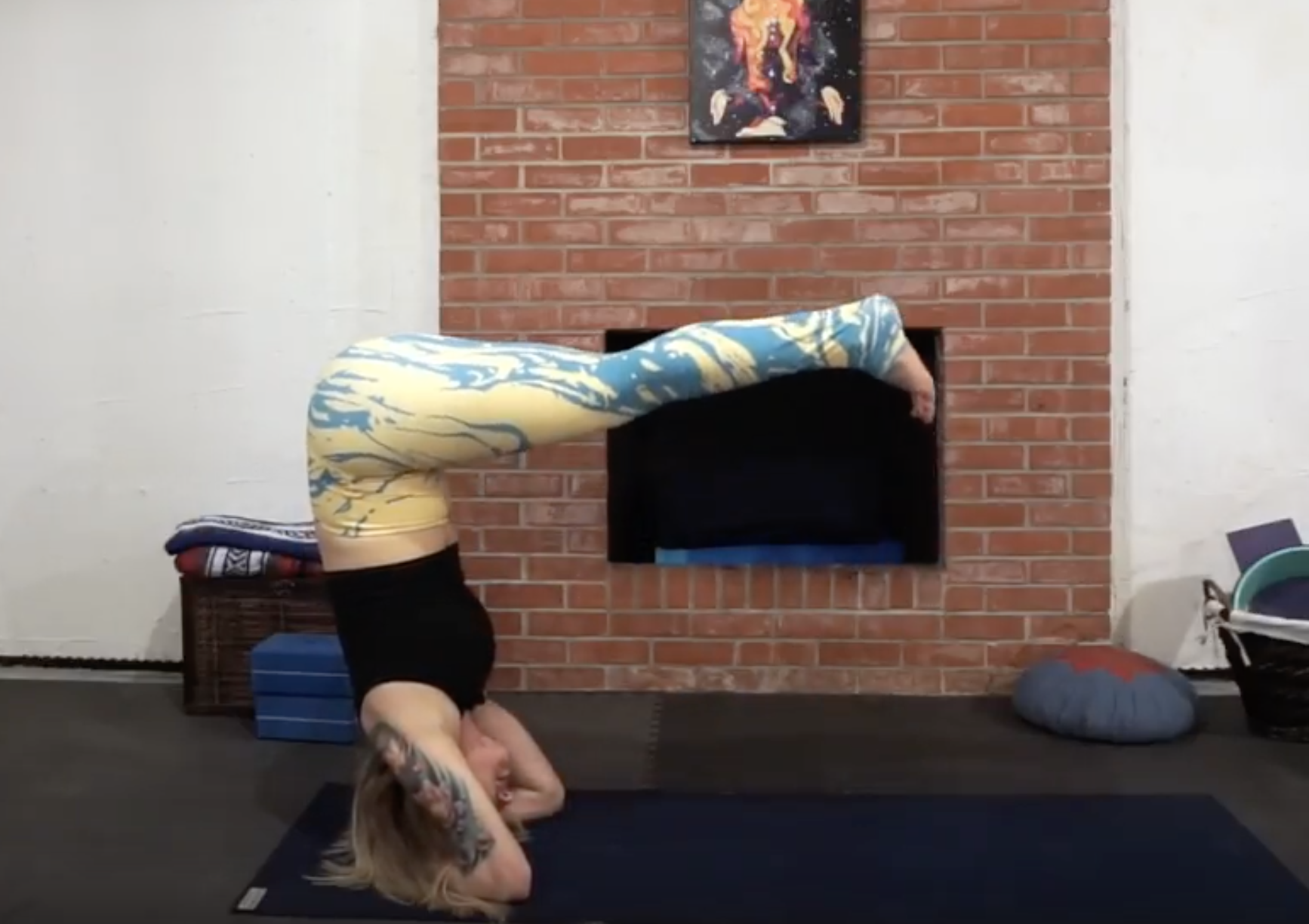Tips to overcome fear & move your headstand away from the wall
Headstand (sirsasana) is generally the first inversion we "get" as yogis. Not always, but usually. You have your forearms, your hands and your head all on the mat — giving yourself a lot of surface area to balance. In fact, more of you is touching the ground in headstand than when you're just standing on the ground. That perspective alone can help give you some confidence.
I've been working on my inversions for several years and I'm still not a master. I still use the wall a lot. It's my safety net. Even if I don't need it, I'm more confident practicing near it at this point in my yoga journey.
However, we always want to progress. And headstand is an inversion I feel comfortable doing away from the wall. Today on YouTube I shared a short video with some of the steps I took to get there, but I also wanted to list out some additional tips for you here on the blog.
Explore your fear
Do you have a real fear of inversions? Explore that. Think through what you're really afraid of. For me, I was afraid of breaking my neck, so that's a biggie. :) But I also had a fear of failure. So that was something I had to work on and address off the mat. I learned to accept where I was in my practice and be OK with "failing." Do you think every yogi with headstand in their practice just perfectly floated up there on their first try? No. Like all skills, it takes practice.
Don't kick up!
If you're kicking up into your headstand, I would definitely stay at the wall. The key for me to feel comfortable in my headstand is to feel in control. And I don't feel in control if I'm kicking up. While you can cartwheel out of a handstand and forearm stand, the exit strategy isn't so simple in headstand. You can summersault out of it but that makes me nervous because you don't want to mess with your neck. So for me personally, headstand is one that I do not practice falling out of. If I'm not feeling in control on a particular day, I just skip the pose.
Instead, use your core
Core strength is key in most yoga postures, particularly inversions like headstand. If you find yourself wanting to kick up, take a step back and work on your core strength as a foundation. You can't start decorating a house that doesn't have a cement slab or walls. Headstand is just decoration. Start with your strength work.
Don't be discouraged
Like I said, I've been at this for years. I was never a gymnast or a dancer or a cheerleader or anything like that. I have a real fear of falling and it took me years to get where I was ... then I took a step back when I got pregnant ... and now I'm working on it again. I'm still not one of those Insta-yogis who floats around effortlessly defying gravity. I may never be and I'm OK with that. I use the wall a ton (love you, wall!). But I've grown a lot in this journey physically, mentally and emotionally. It's really not about the headstand. Know that where you are in your yoga journey is perfect. Try not to compare yourself to others and let your practice be your own personal exploration. When you step on the mat, it's all about you.
Open your hamstrings
In headstand, forearm stand and handstand, we need a strong core to get into the pose, but we also need open hamstrings. So if your core is strong and you still have an urge to kick up, it's probably those darn hammies that are to blame. As I explain in the video, you want to walk your toes in and stack your hips over your shoulders. If your hamstrings are prohibiting you from getting there, you know that's what you need to work! If you'd like to explore possible emotional causes for tight hamstrings, I have a post on that here.
Practice a knees (or knee) to chest baby headstand
This is the first headstand I felt comfortable doing in the middle of the room. Start with one knee into your chest, then the other and then work your way toward balancing with both knees to your chest (watch the video for a demo). Play around here until you feel controlled enough to progress. This is a headstand!
Practice pressing up with just one foot to start
In the video I also show how to do a baby press-up with one leg leading. Then you can work your way up to pressing up with both feet at once. Notice we are pressing up, not kicking.
Always room to grow
When you feel confident pressing up with one foot at a time, practice lifting both feet at once! Plus you can try all kinds of leg variations — eagle legs, straddle legs, lotus legs, etc.
Whether you're working on your core foundation or trying to explore some more challenging entrances into headstand, know that your yoga journey is perfect. You are not more or less of a yogi for being able to hold a headstand in the middle of the room. But if that's where you'd like to go in your practice, I hope these tips can help you get there. Namaste.





